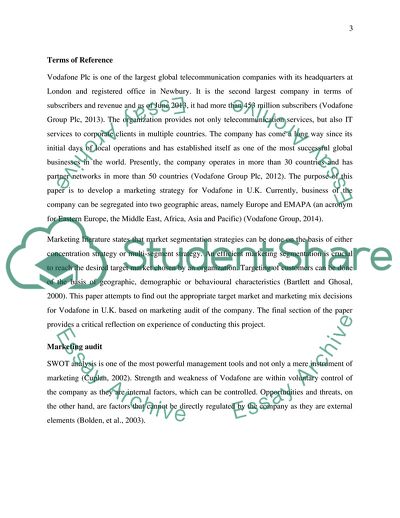Cite this document
(Marketing Plan for Vodafone UK Report Example | Topics and Well Written Essays - 2000 words, n.d.)
Marketing Plan for Vodafone UK Report Example | Topics and Well Written Essays - 2000 words. https://studentshare.org/marketing/1818015-marketing-plan-for-vodafone-uk
Marketing Plan for Vodafone UK Report Example | Topics and Well Written Essays - 2000 words. https://studentshare.org/marketing/1818015-marketing-plan-for-vodafone-uk
(Marketing Plan for Vodafone UK Report Example | Topics and Well Written Essays - 2000 Words)
Marketing Plan for Vodafone UK Report Example | Topics and Well Written Essays - 2000 Words. https://studentshare.org/marketing/1818015-marketing-plan-for-vodafone-uk.
Marketing Plan for Vodafone UK Report Example | Topics and Well Written Essays - 2000 Words. https://studentshare.org/marketing/1818015-marketing-plan-for-vodafone-uk.
“Marketing Plan for Vodafone UK Report Example | Topics and Well Written Essays - 2000 Words”. https://studentshare.org/marketing/1818015-marketing-plan-for-vodafone-uk.


